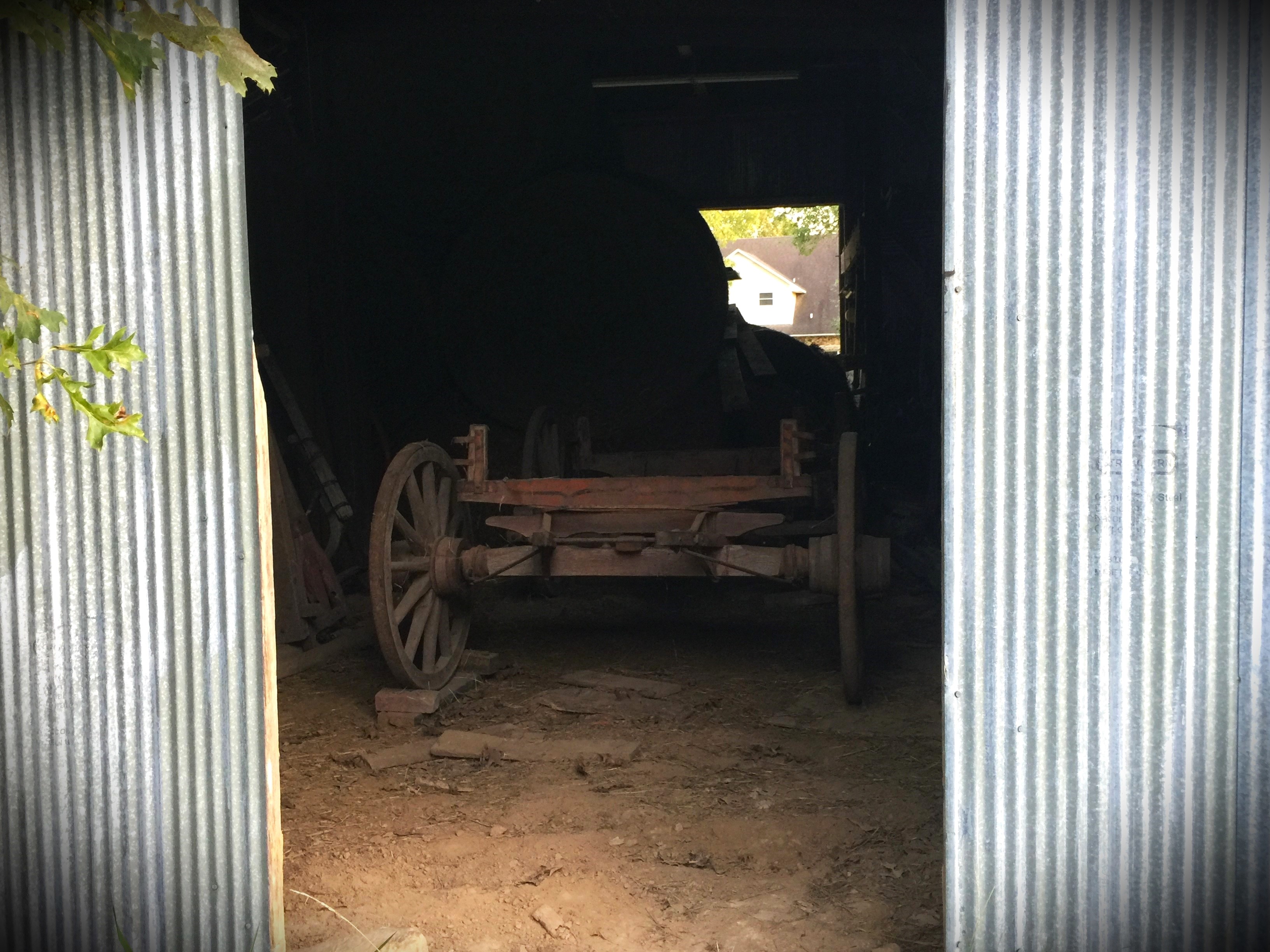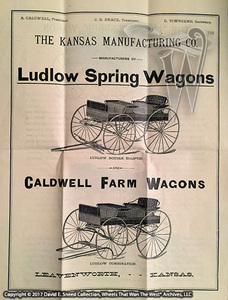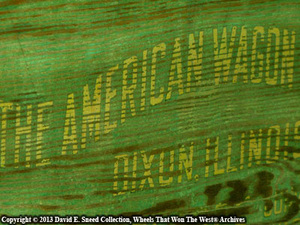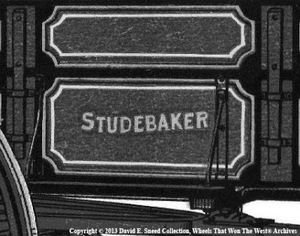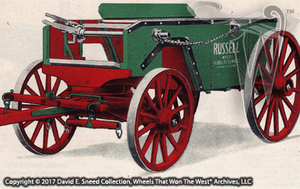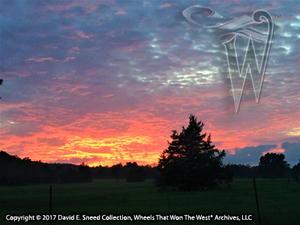Whether we’re talking about the lack of U.S. heritage taught in schools today or the number of rare artifacts that have succumbed to time, it’s clear that the quickest way to destroy history is to ignore it. Believe it or not, it’s the same story for collectible vehicles.
When it comes to antique wagons and other early wood-wheeled vehicles, I often receive questions on how to best clean and care for them. Ages ago, vehicle builders and related trade journals answered those types of queries with tips on where to store the piece, how to wash it, and what to use. Today, those same vehicles are much older and have surfaces with fragile paint, secondary paint, or no paint. Likewise, they’re no longer used with the frequency and purpose they once were. So, while some of the early day info is still correct –like ‘don’t store the vehicle in a barn with heavy ammonia from animal urine’ – there are other details that also have merit today. If you have an aged piece of wood-wheeled history and want the best for it, below are some areas that deserve consideration...

The environmental impact on antique wagons can be hard to control in open, non-insulated barns.
Put It On Blocks – I’ll venture to guess that most of today’s collectible wagons are not used much and may not even be rolled around regularly. They’re often discussed and admired but generally left alone unless there’s a special occasion with a need. Likewise, a good number of those pieces may also be in places with a dirt or gravel floor. Left for extended times, the minerals, acids, and oxides in dirt and gravel can not only corrode the metal tires but you’d be surprised at how time can get away and the soft ground begin to reclaim the vehicle. Whether it’s the weight of the wagon or a little help from digging rodents piling dirt on them, if the wheels aren’t sitting on a board, flat rock, or concrete, they will sink into the dirt. It’s a situation that takes little time for insects, moisture, and other foes to begin eating away at the felloes and spokes in the wheel. I’ve seen this kind of decay in countless private collections, roadside attractions, and even some museums.

Keep Sound, Greased, & Rotated – Any rigid object sitting motionless for extended periods of time will begin to mirror the surface it sits on. In other words, if the ground isn’t level, the vehicle will eventually sag in the same direction. Similarly, if sideboards are allowed to shift/warp, they can be hard to return to their original shape. Likewise, boxings/skeins, sway bars, and fifth wheels should be maintained with proper amounts of grease. If a wagon is stationary for long durations, the wheels should also be lifted and rotated roughly 45 degrees on a fairly regular basis. This helps maintain solid wheel structure. Finally, when doing the rotations, avoid pulling against the spokes while the wheel is holding the weight of the wagon. The pressure can put extensive stress on the spokes causing them to weaken and loosen.

Repeatedly turning a wheel by grabbing and leveraging the spokes can create structural problems for the wheel.
 Wood is hygroscopic and its associated movement is directly tied to humidity levels.
Wood is hygroscopic and its associated movement is directly tied to humidity levels.
Watch The Temp & Humidity – Wood is hygroscopic. In other words, it absorbs moisture during times of high humidity. Likewise, it also releases moisture during times of lower humidity. As a result, wood tends to constantly move. If you don’t believe me, look at the nails in a board fence that’s been standing unattended for years. Often, those nails won’t be as firmly seated as they were when first driven. They’ll be pulled out a little or a lot from the board. It’s almost as if someone came along and tugged the nail partway out of the board. That’s a nod to both the strength of the wood and the amount of movement possible. It’s also part of the reason that paint can peel, crack, and fall off. Ultimately, wood that moves too much will eventually rub paint the wrong way so much that they go their separate ways. As a side note, be aware that polyurethane applied to original wagon paint can also cause you significant heartaches. As I’ve shared in an earlier blog post...
“Polyurethane may bring out more saturated paint colors and sheen. As a result, it might initially be deemed as ‘pretty.’ Nonetheless, folks taking this shortcut will likely rue the day that it was applied. Why? Because this polymer hardens significantly while penetrating and bonding with the paint. It can turn brittle, eventually acting like a paint stripper, peeling the coloring right off of the vehicle and leaving only the bare wood. It may take a while for the process to begin, but it has a way of irreversibly taking hold. Below is a photo showing a seat after a few years of polyurethane working its magic.”

A good example of the detrimental effects of polyurethane on paint.
Keep Away From Insects, Spiders, & Animals– Some of the worst things for your wagon or coach are the living creatures in the outdoors. A wagon left in an old barn might be relatively safe from the rain and sunlight but still be under constant threat from other issues. For example, birds roosting on or above an antique vehicle have a way of depositing feces all over the piece. The acids and ammonia in these droppings will eventually erode into the old paint. Similarly, mice, rats, opossums, racoons, and squirrels not only create the same problems with their excrement but can chew holes in end gates, toolbox lids, sideboards, and other pieces. Finally, keep an eye out for dirt/mud dauber nests, wasp nests, ants, and even powder post beetle infestations. These critters may be small, but they can leave you with big regrets.

Note the chewed hole in the lower corner of this wagon endgate. I've seen this type of damage from mice far too many times.
Sunlight & UV Rays – From drying out, cracking, and shifting wood to fading and destroying paint and decals, the sun's heat and ultraviolet light can wreak havoc on anything left to its clutches. Even within interior locations, there’s a reason that many museums will rotate displayed vehicles and monitor the level of light that artifacts are subjected to. Light has a way of fading lettering and paint to a point of annihilation. Preserving historic pieces for future generations means we need to be guardians of the present and practice active conservation. It doesn’t necessarily mean we shouldn’t ever expose the collector grade vehicle to sun but it does mean we should practice good sense and some restraint.

Ultimately, the best scenario for storing these vehicles is to keep them in a clean, enclosed, climate-controlled facility with a concrete floor and regular attention to maintenance. A little foresight can easily reduce the problems we can regret in hindsight.
For even more insights on collector-quality vehicle care, see my blog post from April 1, 2015. It’s entitled, Collecting Wood-Wheeled History.
